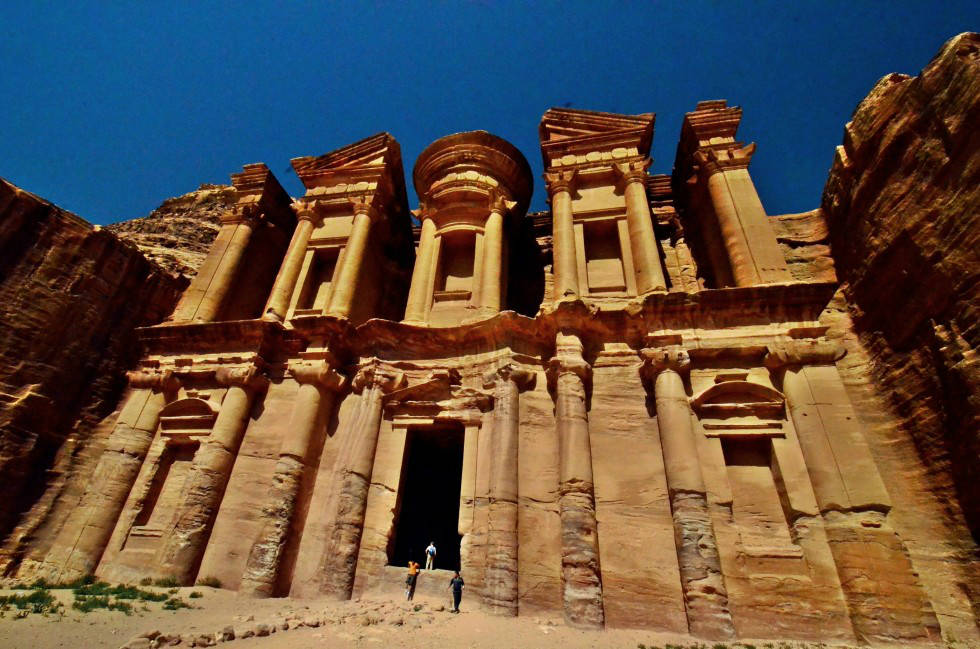FINDING THE LOST CITY IN JORDAN
Thursday August 29th, 2013
It is hard to believe but the prehistoric Jordanian stone city of Petra has been lost to the World for hundreds of years. The city was abandoned by its residents and sat in ruins, forgotten for 500 years, until European traveller, Johann Burckhardt, disguise himself in Bedouin clothing and gained access to the city in 1812. The story of the city is still veiled in mystery, hiding lots of legends, mysterious tales mixed with geological and historical facts. It is a wonder why no histories appear on the temple walls and the cities appear to have no libraries, although evidence suggests that all the people could read and write.
It is known that Petra was one of the wealthiest cities in the world in its day, built in the middle of the harshest climates on earth. What historians find most amazing is that its residents, the Nabataeans, built the city in a way that causes archaeologists 2,000 years later to admire their skills as architects, engineers artists. But it is a mystery why these people gave up their nomadic life to settle down in one place. It also remains a mystery how they gained skills and knowledge that amazes modern engineers and architects.
It is believed that the story begins with the most precious commodity: WATER. The Nabataeans were experts at surviving in the desert because they knew how to collect and distribute water. They constructed an impressive system of rock-cut channels and underground water pipes carried water from permanent springs and seasonal streams. These people also developed a way to store water underground to the extent that the city, sited in the middle of the desert, was bustling with beautiful gardens and water pools.
Petra is filled with spectacular houses, monuments, stairways, water channels and tombs that were cut and shaped by hand out of rocks. That amazing architectural masterpieces were cut form the top to down, builders shaped the detailed designs by hand right to the sandstone cliffs. But the most breathtaking “road” in the city wasn’t carved by humans. The Sig, narrow, winding gorge that led to Petra is a natural wonder.
Although Petra was re-discovered in 1812 it is only 1993 when the city became a protected archaeological site.
Today one can visit the city, which is located in Jordan about 150 km south of Amman and 80 km from Dead Sea, entering it through the same route Burckhardt took in 1812 – through the narrow canyon, the Siq, to gain entrance to the ancient city. You will meet many local Bedouins wondering around, Bedouin children selling everything from stones to hand made souvenirs. It takes one full day or two to explore the entire city and what you will see is only a small parentage of the city. In fact, approximately 70 percent of the city has not been yet explored till present days.
Story and photographs by Renata Blonska
Leave a comment